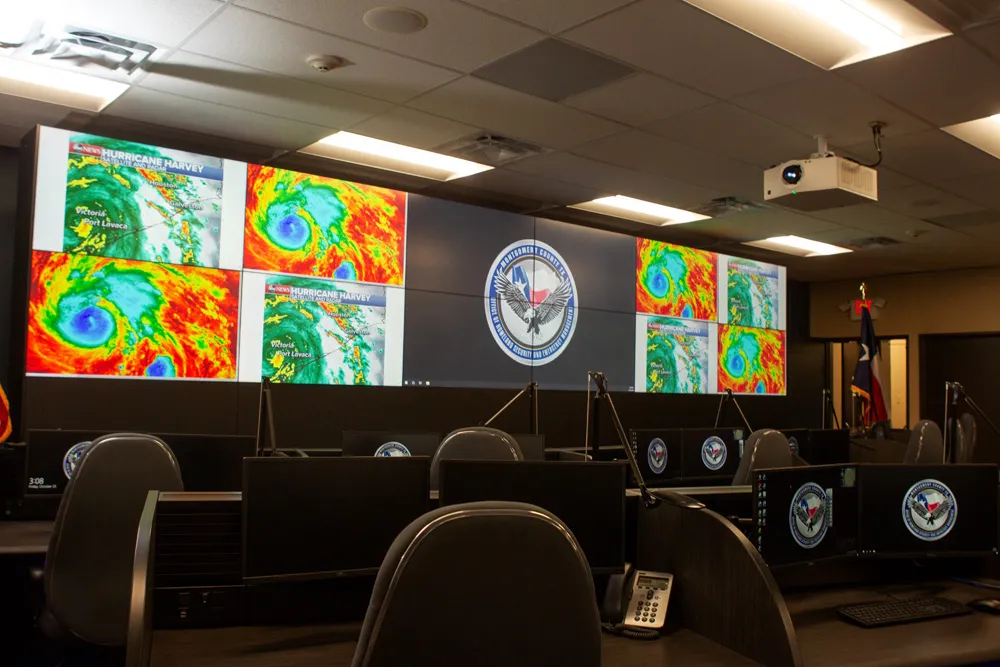Amsterdam-based TomTom Telematics (TTT) has rebuilt its Webfleet solution which is said to carry out a more effective job dispatch while delivering routing, navigation and traffic information when coupled with the new range of TomTom Pro Driver Terminals.
The Software-as-as-Service solution comes with an enhanced feature which enables managers to pre-plan specific routes, or avoid certain locations. These routes can then be sent directly to drivers via the TomTom Pro 5350/7350 driver terminals, which can be applied to industries where drivers are required to follow pre-defined routes, or avoid accident hotspots.
Additionally, the Webfleet maps and reports are customised to suit individual preferences and designed with the intention of delivering insights faster. The interface is now optimised for tablets to provide greater support for flexible working.
Thomas Schmidt, Managing Director TTT, said: “We have drawn upon more than 18 years’ fleet management expertise to develop our next generation products, incorporating feedback from our 49,000-strong global customer base.”
TomTom Telematics rebuilds Webfleet for faster fleet management
Amsterdam-based TomTom Telematics (TTT) has rebuilt its Webfleet solution which is said to carry out a more effective job dispatch while delivering routing, navigation and traffic information when coupled with the new range of TomTom Pro Driver Terminals. The Software-as-as-Service solution comes with an enhanced feature which enables managers to pre-plan specific routes, or avoid certain locations. These routes can then be sent directly to drivers via the TomTom Pro 5350/7350 driver terminals, which can
February 2, 2018
Read time: 2 mins









